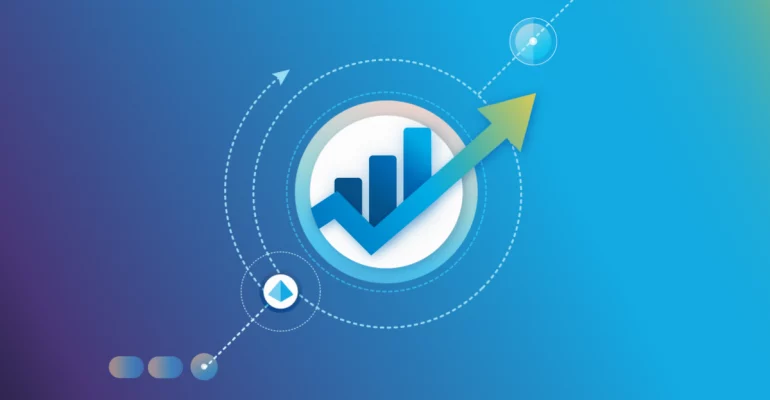The ROI of Automation: Real Benefits for Banks and Retailers

The ROI of Automation: Real Benefits for Banks and Retailers
In a world driven by speed, accuracy, and data, automation is no longer a futuristic concept—it’s a competitive advantage. Both the banking and retail industries are experiencing massive shifts in how they operate, serve customers, and scale. At the heart of this transformation lies a critical enabler: automation.
From improving efficiency to reducing costs and enhancing customer experiences, the return on investment (ROI) of automation is proving to be significant—especially for banks and retailers aiming to stay ahead of the curve.
What Is Business Automation?
Business automation refers to the use of technology to perform tasks with minimal human intervention. This includes robotic process automation (RPA), AI-powered workflows, automated reporting, intelligent chatbots, and more. In both banking and retail, automation is applied to back-office operations, customer service, security, and data analytics.
The ROI of Automation: Tangible Benefits
Whether you’re processing payments or managing inventory, automation brings clear value. Let’s look at the real-world benefits:
1. Cost Reduction
Automating repetitive tasks reduces labor costs and operational expenses. In banking, RPA can automate tasks like compliance checks and KYC verification. In retail, automation can streamline inventory control and POS processes.
2. Increased Efficiency & Speed
Automation minimizes delays and errors. Transactions that once took hours can be executed in seconds. This is especially crucial in high-volume environments like retail supply chains or bank transaction processing.
3. Improved Customer Experience
With automated systems, customers receive faster service, fewer errors, and greater personalization. Think AI-driven product recommendations in retail or instant fraud alerts in banking.
4. Scalability Without Added Complexity
As businesses grow, automation helps scale processes without dramatically increasing resources or headcount. Retailers can handle seasonal demand, while banks can onboard thousands of new clients securely.
5. Better Data Utilization
Automated systems collect, process, and analyze large volumes of data in real time—driving better decision-making and predictive insights in both industries.
Use Cases in Banking
-
Automated Fraud Detection
AI systems flag suspicious activity instantly for review. -
Loan Processing
Automation speeds up credit scoring and document handling. -
Regulatory Compliance
RPA ensures regulatory tasks are done consistently and on time.
Use Cases in Retail
-
Inventory Management
Sensors and smart systems track stock levels and reordering in real time. -
Personalized Marketing
Automation tools deliver targeted campaigns based on behavior. -
Self-Checkout & Payment Automation
Speeds up the purchasing process while reducing staff workload.
Nearshore Automation Solutions with Onephase
At Onephase, we help banks and retailers integrate automation into their workflows without disrupting operations. Our nearshore development model ensures:
-
Real-time collaboration in aligned time zones
-
Agile teams experienced in RPA, AI, and automation frameworks
-
Cost-effective delivery without compromising quality
Final Thoughts: Automation as a Strategic Investment
Automation isn’t just about saving time—it’s about unlocking growth. By improving service, cutting costs, and enhancing operational agility, the ROI of automation in banking and retail is measurable and compelling.
If your business is still handling critical tasks manually, it’s time to ask: what could automation do for you?
Let’s build the answer—together.

